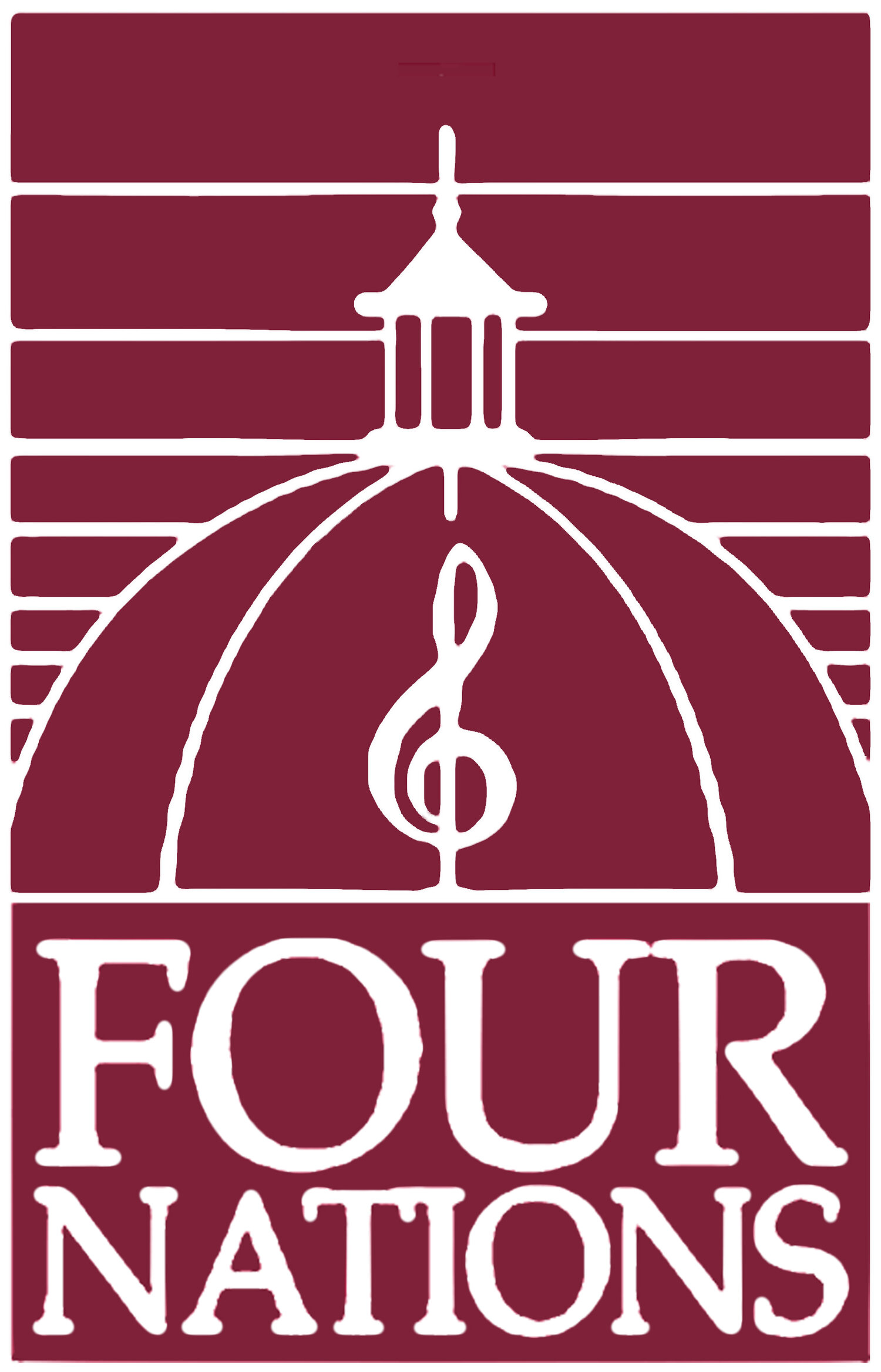Dreamscapes: Venice and Versailles
Program notes by Andrew Appel
A gondola ride through Venice in photographs by David Rodgers and selected paintings. Sonata in C major of Baldassare Galuppi played by harpsichordist Andrew Appel
In a moment of fantastic realism from Ariane Mnouchkine’s film biography Moliere, we see laborers carry two long, black, gilded gondolas over a mountain pass between Italy and France on a bone-chilling march across the Alps. They are bringing the magic of Venice to Versailles where Louis XIV will create small scenes on his grand canal. We watch this mountain voyage in which the image from one dream world moves into another, entirely different yet equally powerful magical creation.
No image in art is more enduring to the mind and more impossibly beautiful than the cityscape of Venice. This realm of palaces, fraternities, theaters, casinos and churches, illuminated in golden sun, is eaten away at its base by water and devoured all day and night by pilgrims from drearier places, all longing for magic. The monuments are ancient launching the imagination across oceans and centuries. The neighborhoods and inhabitants are Greek (where Vivaldi lived), Armenian, Turkish, German, and the Venetian Jews of the Ghetto. The air is perfumed with tomato, fish, chocolate and sugars, all in the enveloping lagoon odor. It is a city sized stage set where the girls are bad (Barbara Strozzi) and the boys are worse (Casanova). Masks are worn to exaggerate the fireworks of passion written on a Venetian face, shooting out from Venetian’s eyes. Likewise, music here is vivacious, dramatic, brilliantly colored, exotic, convulsively funny, aggressively expressive.
The mask at Versailles is a different affair. It is an act of moderation, a subtle hint. It is love, laughter and loss softened. It suggests affects and feelings that could never be spoken loudly in these gardens and salons. Form and grace paddock the wilderness of passion. The music is subtle, understated, poised, hard to know, rich in underlying suggestion.
Caldara’s Venetian Mary Magdalene, a lost soul finding grace, laments the vanities that ruled her life. Weeping cello and vocalism that depicts the despair of a lost spirit invite us to revel in her flood of tears, her delicious introspection and penance.
Clérambault’s Medea is a warning, an example. Beware of unleashed emotion! Unable to control her own passions she becomes monstrous, a tornado in the garden. Beware the woman without courtesy!
Versailles was, after all a jeweled cage, a trap! Louis XIV, mistrustful of brothers and cousins and uncles knew that to create a world of exquisite restraint in which the courtier might engross himself in art, games, fashion, hunting, prestige and all vanities of society, his political interests would be anesthetized. Make him dependent on the favor of the King and he is a pet rather than a threat. The will atrophies but the taste buds flower and so Versailles became the laboratory and showcase of the exquisite for all of Europe.
There were composers who flourished under such restrictions. Rather than rail against refined confinements, François Couperin conjured a style in which the competition between form and feeling imbued a melancholy and power to his music. Exaggeration and Baroque harmonies or overly serpentine melodic lines were out of place. Listen instead for a perfumed and unexpected passing 9th chord that places us into a world so delicately wrought that we know that this beauty is too fragile to last.
Jean Marie Leclair, a matinee idol violinist, leaves the court to live in the concert hall but maintains the grace and style of classical French taste. His virtuosity is often astounding but his refined phrasing, his ability to create rhetorical moments akin in detail to French poetry is reminiscent of Racine and La Fontaine. How fortunate for flautists that he included four sonatas in his output almost exclusively for violin in which he suggests performance on the flute.
Music filled the Venetian day and flourished in the Opera House, the private music room, the famous music school orphanages, the church, and on the canals and piazzas. This music was exported. Vivaldi’s concertos earned their international audience because they were published in Amsterdam and Paris. Just as Canaletto painted in his London workshop, selling scenes of Venice to English aristocrats, Johann Hasse published over 100 Bargello songs in London. These folk and popular tunes were the repertory of gondoliers and ferryboat men in Venice. They exemplify the Italian gift for melody. Imagine then, a Jane Austen heroine singing these natural and lyrical melodies at her harpsichord under a painting of the Rialto or St. Marks. Did she understand the racy meaning of the Venetian dialect or did she and her admirer only relish the natural lyricism of the music that allowed her to appear in the most marriageable light?
Stand at the end of the Grand Canal, look out over the lagoon and watch the sunset. With the city behind you and the sea in front, you are witnessing an act of human triumph, even if temporary, over nature. The Venetians have created a stage set for life over the never-ending forces of the sea.
Stand in the King’s apartments at Versailles looking west as the sun sets at the far end of the canal. The axis of the garden directs your eye to the exact spot where Louis has allowed the sun to set. The Palace, the garden and society here is an act of molding nature, human nature and the world’s nature, into a graceful and logical form.
